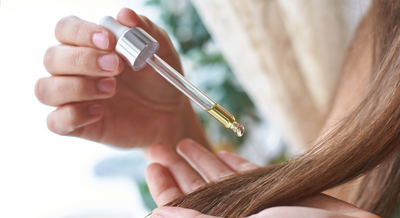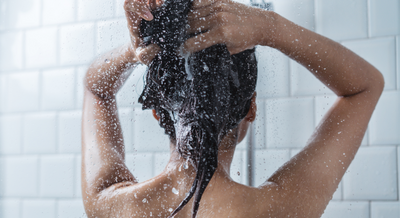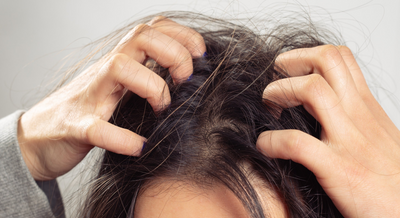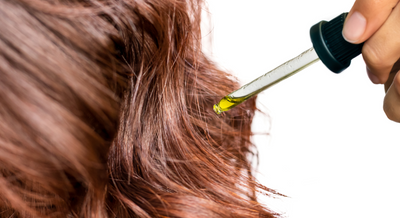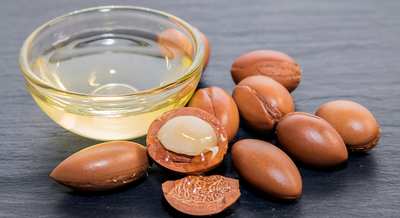If there’s one thing that the medical, fitness, and holistic communities can all agree on, it’s that protein is king. Doctors have long raved about the enormous benefits that a high-protein diet can have in terms of maintaining bone density and proper immune function, while bodybuilders have been ingesting mammoth protein shakes for decades in an effort to facilitate muscle growth. While carbs and fats are incredibly important as well, the evidence is clear that protein is by far the most macronutrient when it comes to our health and physical performance. Serving as one of the primary building blocks of the body, protein is responsible for fueling a plethora of essential bodily functions, such as muscle hypertrophy and wound regeneration.
It’s clear that when ingested, protein has incredible benefits for our overall bodily function and physical and mental well-being. However, it is only recently that the benefits of topical protein application have been discovered. One of the more recent discoveries in the hair care world has been the unique benefits of applying hydrolyzed wheat protein to the hair, with this specialty ingredient potentially providing an enormous boost to the health and appearance of our hair. Read below to learn more about this wonder ingredient and see if this is right for your hair type!
What is Wheat Protein?
Like any other protein, wheat protein is a polymer chain composed of amino acids and peptides that is synthesized by the body to provide fuel for a variety of essential bodily functions. In order to create the hydrolyzed version that is used in hair care products, manufacturers combine portions of wheat kernel with a variety of enzymes that result in a liquid byproduct. This hydrolyzation process makes the wheat protein more potent and effective for a topical application, as it allows the protein to effectively penetrate the hair.
What Are the Benefits of Wheat Protein?
While we are still learning more about the unique benefits that hydrolyzed wheat protein can provide the hair with, it is clear that it offers a unique potential to improve hair health and function much in the same way that ingested protein does for the human body.
· Strengthens and Heals: Hydrolyzed wheat protein, due to its amino acid and peptide content, can help to repair severed or broken bonds within the hair shaft.
· Hydrates: Wheat protein is a potent humectant, meaning that it attracts moisture from the air, like a magnet with a piece of metal. Because it can penetrate within the hair shaft, this allows for enhanced moisturization at a deep level.
· Film-Forming: Aside from penetrating the hair shaft, wheat protein also forms a protective film around the cuticle, preventing moisture loss while helping to repair any cuticle damage.
Who Needs Hydrolyzed Wheat Protein?
It’s clear that hydrolyzed wheat protein is an incredible ingredient suitable for all hair types. However, there are a few hair types that this protein is perfect for, and it is a fantastic solution for a variety of hair concerns.
Repairing Hair Damage
Hair damage is the worst thing that can happen to your hair, and it can be brought about by any number of factors including excessive heat styling, harsh chemical treatments, over-washing, improper brushing, or severe environmental changes. What these things all do is degrade the outer cuticle layer, which causes the hair shaft to leech out moisture and cause excessive dryness. When the hair is too dry, it loses its structure and viability, causing the inner bonds within the hair to degrade and break. By applying hydrolyzed wheat protein to the hair, you can help repair this damage by repairing the bonds of the broken bonds of the hair and improve the hair’s structure.
Reverse Hair Dryness
As mentioned, hydrolyzed wheat protein is a fantastic humectant, meaning that it attracts and absorbs water from the air. Because hydrolyzed wheat protein is able to effectively penetrate the hair shaft, it can draw water deep within the hair and provide a profound increase in overall hydration. While hair oils and butters are great at providing temporary feelings of moisture, these ingredients work on a surface level, as they simply coat the outside of the hair to lock in any hydration from escaping. However, if there isn’t any hydration within the hair to escape in the first place, these ingredients are unable to provide the kind of deep hydration that a humectant like hydrolyzed wheat protein can provide.
Enhance Softness and Shine
Hydrolyzed wheat protein forms a lightweight film around the cuticle of the hair, helping to trap in moisture while repairing the damaged cuticle layer. Aside from helping to maintain hydration levels, this also has superficial benefits such as increasing softness, due to the filling in of rough, uneven gaps in the damaged cuticle layer, as well as enhanced shine due to the creation of a reflective coating on the outside of the hair.
Improved Elasticity
Because of its ability to profoundly improve hydration levels while strengthening the hair structure, hydrolyzed wheat protein allows for the hair to be more elastic and malleable. This translates to hair that is easier to style and brush, allowing it to hold any number of styles you set out to create. Additionally, this improved elasticity will help to dramatically cut down on occurrences of breakage, as the hair will be able to be stretched and manipulated significantly more before breaking its bonds.
A Boost in Fullness
With its ability to inject the inner portion of the hair with large amounts of water, hydrolyzed wheat protein allows for the hair shaft to experience significant amounts of swelling. Due to this swelling, the hair shaft appears fuller and thicker, helping to combat any hair thinning issues and improving the overall density and appearance of the hair.



